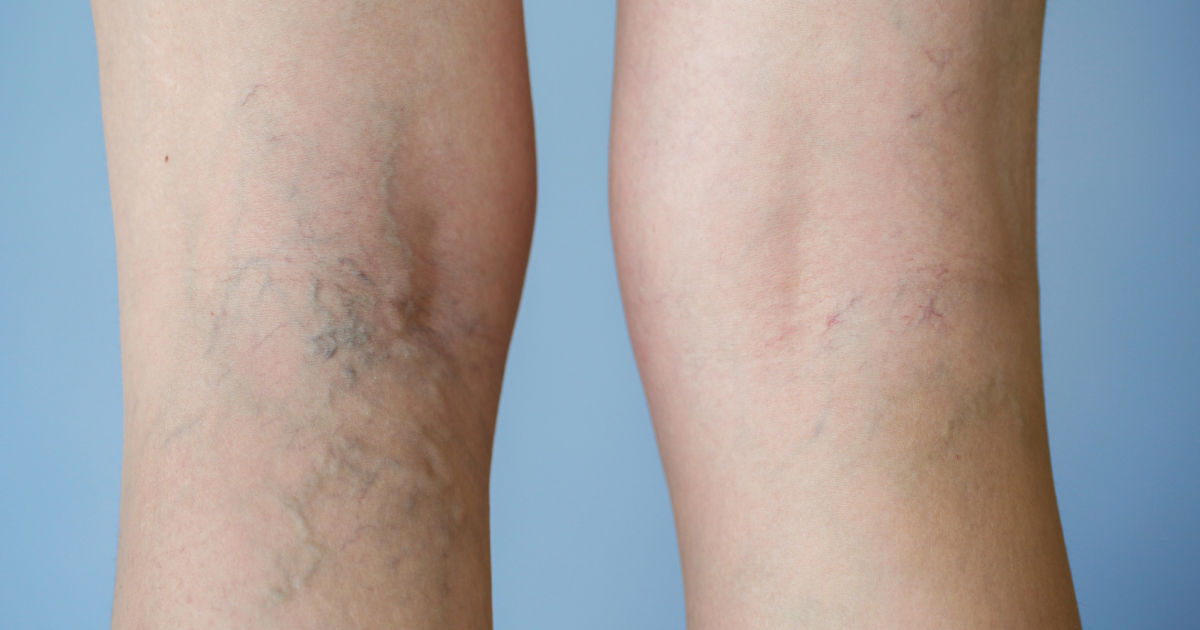Warning Signs Of Deep Vein Thrombosis
Deep vein thrombosis (DVT) is caused by the formation of a blood clot in a vein deep inside the body. This is typically in the lower leg, though deep vein thrombosis can also occur in the pelvis and thigh. Individuals at an increased risk of DVT include pregnant women and those on long flights or car tips, as well as patients recovering from surgery. Obese individuals may also be at an elevated risk.
Patients need to seek treatment for deep vein thrombosis as early as possible. Doctors often prescribe clot-busting medication to these patients. They may also need to wear compression socks to prevent blood pooling in the legs. Sometimes, this is even enough to cure deep vein thrombosis. This is why it is especially important to recognize symptoms of DVT.
Cramping Or Soreness In The Leg

Cramping or soreness in the leg may indicate the presence of a blood clot in the calf. This is one of the most common locations for deep vein thrombosis. The cramping and soreness are almost always in only one leg. Individuals most at risk of DVT in this location include travelers and those recovering from surgery. This is because both situations result in immobility and limited blood flow. The cramping, soreness, and pain from deep vein thrombosis are generally unexplained by other causes.
While the pain may start mild, it can quickly become severe in a matter of hours. For example, some patients with DVT cannot tolerate a bedsheet touching their leg due to the extreme pain it causes. In addition to cramping in the leg, patients may also have intense pain in their foot or ankle. Doctors often recommend compression socks for patients who are in the hospital after surgery, and travelers on long trips. These socks help keep blood moving in the legs, reducing the risk of a clot.
Discolored Skin On The Leg

Discolored skin on the leg is an early warning sign of deep vein thrombosis. Patients may notice their skin in an area affected by this condition looks paler than the skin around it. Sometimes, the skin may turn red or blue due to a lack of circulation. In addition, there may be distended, bulging veins in the area that are not ordinarily present.
These skin changes are some of the only visible signs of deep vein thrombosis. As a result, patients must monitor the discolored area to see if it changes in color or grows in size. Patients may want to take a photo and use a marker to draw around the edge of the discoloration. This will allow them to objectively assess if it is growing. This information may be useful to doctors when evaluating the urgency of the condition.
